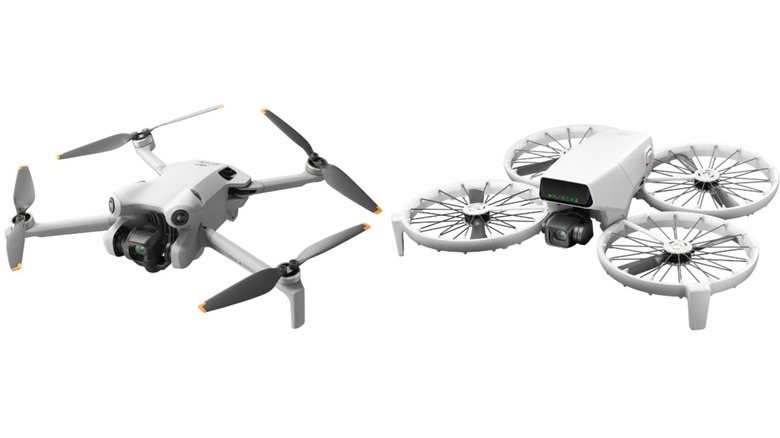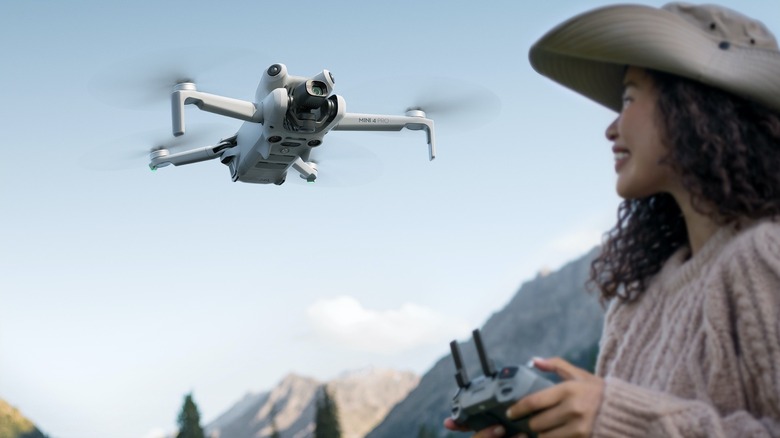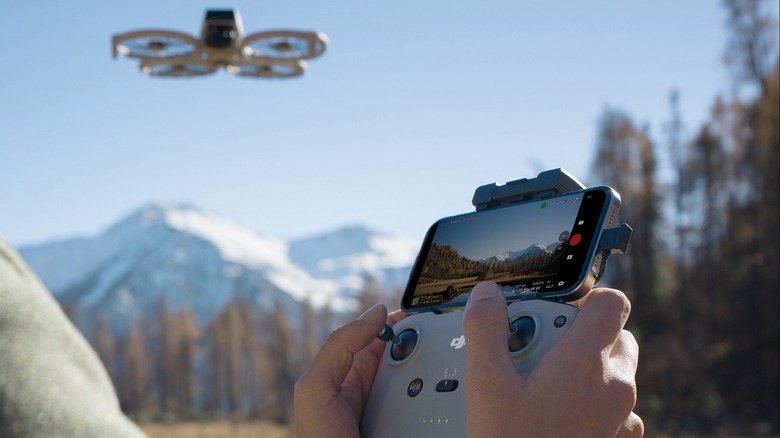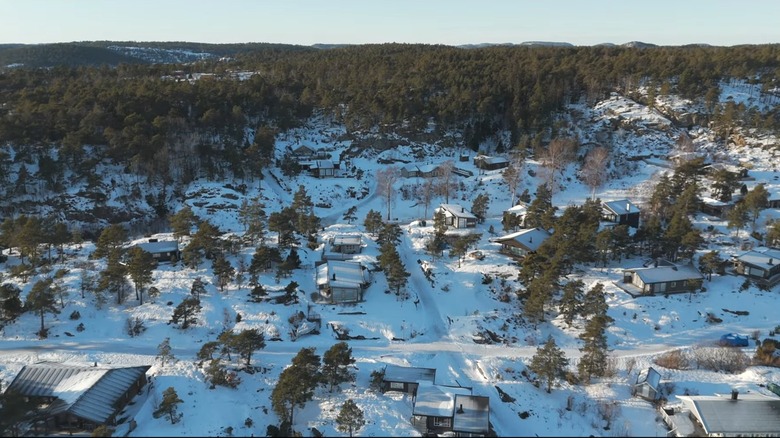Making up greater than 70% of the world’s drone market, DJI (Da-Jiang Innovations) provides several UAV options equipped with still image and video capture capabilities to a wide audience. In fact, several DJI models made our list of the coolest drones that money can buy.
The DJI Flip is one of the newest additions to the drone manufacturer’s lineup, with some compelling technology at an entry level price. But how does it stack up against a slightly older model that made our editor’s choice list in 2023, the DJI Mini 4 Pro? Quite well, actually, considering our DJI Flip review dubbed the unit “a flipping revolutionary drone.”
Overall, the DJI Mini 4 Pro comes out on top in terms of a superior flight time, faster horizontal speed, more still photography and video settings, but at more than $300 over the price of the DJI Flip. Conversely, the less expensive Flip offers the same image sensor, lens, and intelligent shooting settings as the Mini 4 Pro, but includes handy propeller guards that fold into a more compact shape for easy carrying.
Price, dimensions, and options
The Mini 4 Pro starts at $759, and measures unfolded at 298 millimeters long (11.7-inches), 373 millimeters wide (14.6-inches), and 101- millimeters high (3.9-inches). The Flip is not only cheaper than the Mini 4 Pro, retailing for $439, but also smaller. The Flips proportions are 2-inches shorter in length, 3.6-inches narrower, and nearly 1-inch lower in height than the Mini 4 Pro. However, both small UAVs weight less than 249 grams, which is important because any heavier, and you’d be required to register with the Federal Aviation Administration.
In terms of add-ons, the DJI Mini 4 Pro has three additional packages beyond the base. The standard Mini 4 Pro includes a DJI RC-N2 remote control that must be used along with your smartphone for live feeds. However, if you opt for the DJI RC 2 package at $959, you get a 5.5-inch screen integrated into the remote control. There are two additional packages like the Mini 4 Pro Fly More Combo, that include extras like a charging hub, shoulder bag, and three intelligent flight batteries for $1,099. The top tier option is the Mini Pro Fly More Combo Plus at $1,159, that offers all the same extras but includes intelligent flight batteries plus for more extended flight time.
Similarly, the DJI Flip can be equipped with the RC 2 (controller with integrated screen) for $639. Or you can opt for the Flip Fly More Combo at $779, which includes a parallel charging hub, shoulder bag, and three batteries.
Flight time, speed, and range
Because the DJI Mini 4 Pro comes equipped with the more powerful intelligent flight battery, it can stay aloft for up to 34 minutes, an additional three minutes more than the Flip. However, if you equip the even more robust intelligent flight battery plus at 3,850 mAh, you can achieve as much as 45 minutes of total time in the air, a full 14 minutes longer than the Flip.
However, the Flip matches the Mini 4 Pro in terms of maximum velocity when ascending or descending, just over 11 mph. Unfortunately, the Flip can’t quit keep-up in maximum horizontal speed, with 26 mph, versus the Mini 4 Pro capable of 35 mph.
Regarding range, the official figures list the DJI Flip at 14 kilometers (8.6-miles) and the Mini 4 Pro at 18 kilometers with the intelligent battery (11-miles) and 25 kilometers with the intelligent battery plus (15-miles). But these numbers are based on extremely specific conditions such as zero wind, sea level altitude, and other environmental factors. In real-world conditions the distances of both drones drop dramatically, with reports of the Flip flying around 1,700 meters (1-mile), and the Mini 4 Pro achieving between 1.5 and 4 kilometers (.93-miles through 2.4-miles).
Photo, video, and tracking capability
Interestingly, both mini camera-drones utilize an identical image sensor and lens, giving the Flip great image quality at a far more accessible price. However, the Mini 4 Pro does offer some additional goodies that enable things like better video compression technology, more sensitive sensor settings for nighttime, additional color options and more functionality in terms of burst shooting and timed still photos.
The live video feed quality for the Flip doesn’t provide nearly the amount of options found on the Mini 4 Pro. While both drones share the same operating frequency ranges, in a city environment with strong interference, the Flip can’t transmit nearly as far. The Mini 4 Pro can still manage around 1.5 up to 4 kilometers (.93-miles up to 2.4-miles) through heavy interference, whereas the Flip can handle only between 1 and 2.5 kilometers (.62-miles through 1.5-miles) according to official DJI figures.
If you want to flex your aerial cinematography skills, both mini-camera drones feature integrated subject following technology. The DJI Flip comes with AI subject tracking, which features straightforward settings such as distance and altitude that allow the drone to automatically follow you, while intelligently avoiding obstacles. The Mini 4 Pro comes equipped with a more comprehensive system called Active Track 360, which includes intuitive drone motion controls centered around the subject. For example, a simple swipe of your finger will have the Active Track 360 technology creating remarkably smooth moving transition shots based on your directional queues.
The DJI Mini 4 Pro or DJI Flip: which one is right for you?
Considering the lower price point, included propeller guards, and less potent aerial capability, the Flip is a solid choice for a serious beginner. It would also be an excellent option for a casual hobbyist, who wants to move up to a model that offers more than something like the DJI Neo, but also doesn’t want to break the bank.
The DJI Mini 4 Pro is more powerful, and packs enough photo and video settings to make seasoned content creators happy. Even though the Mini 4 Pro is the more expensive option, those with the knowledge of how to utilize the drones’ available features, should find a terrific value.
Overall, both drones are excellent choices and offer many similar specifications, with the Mini 4 Pro going a step further with more bells and whistles. Consider your budget, skill level, and what type of content you want to capture, but ultimately, you can’t go wrong either way.
Source: http://www.slashgear.com/1782865/dji-mini-4-pro-vs-flip/
 drone-reviewm.com
drone-reviewm.com




